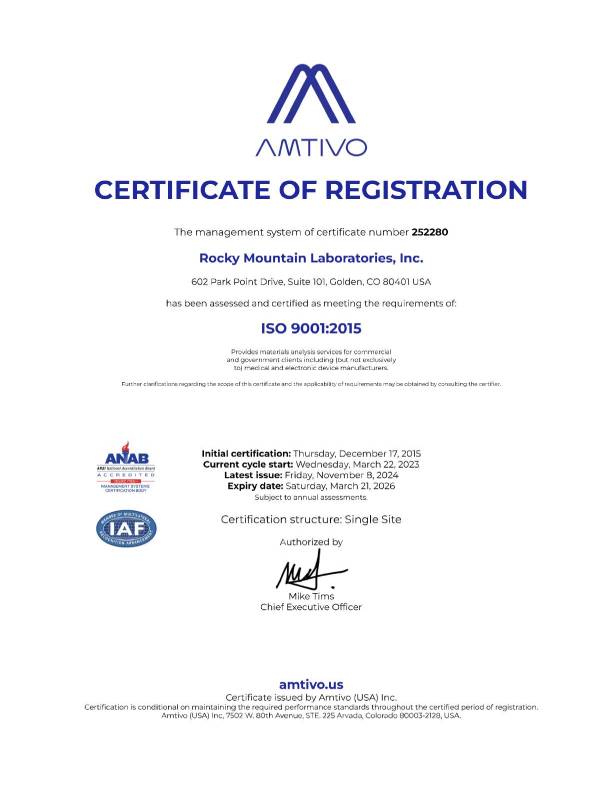In FTIR (Fourier Transform Infrared) spectroscopy, absorbance and transmittance are two key parameters used to characterize the interaction of infrared radiation with a sample.
- Absorbance (A):
- Definition: Absorbance is a measure of how much infrared radiation is absorbed by a sample at a particular wavelength.
- Mathematically: It is usually calculated using the formula A = -log10(T), where T is the transmittance.
- Range: Absorbance values typically range from 0 (no absorption) to higher values, and the higher the absorbance, the more radiation is absorbed by the sample.
- Transmittance (T):
- Definition: Transmittance is the fraction of incident infrared radiation that passes through a sample without being absorbed.
- Mathematically: It is often expressed as a percentage and calculated using the formula T = I/I₀, where I is the intensity of transmitted light and I₀ is the intensity of the incident light.
- Range: Transmittance values range from 0% (no transmission) to 100% (complete transmission), and a higher transmittance indicates less absorption by the sample.
Relationship between Absorbance and Transmittance:
- Absorbance and transmittance are related by the equation A = -log10(T), where A is the absorbance and T is the transmittance.
- As absorbance increases, transmittance decreases, and vice versa. This relationship is logarithmic.
Usage:
- Absorbance is often preferred in analytical chemistry because it has a linear relationship with concentration, making it easier for quantitative analysis.
- Transmittance is more intuitive in terms of understanding how much light is passing through the sample.
In FTIR spectroscopy, both absorbance and transmittance are essential for interpreting the spectrum. The spectrum provides information about the functional groups and chemical composition of the sample based on the absorption or transmission of specific wavelengths of infrared light. Researchers often analyze the peaks and troughs in the spectrum to identify and quantify different components in the sample.



